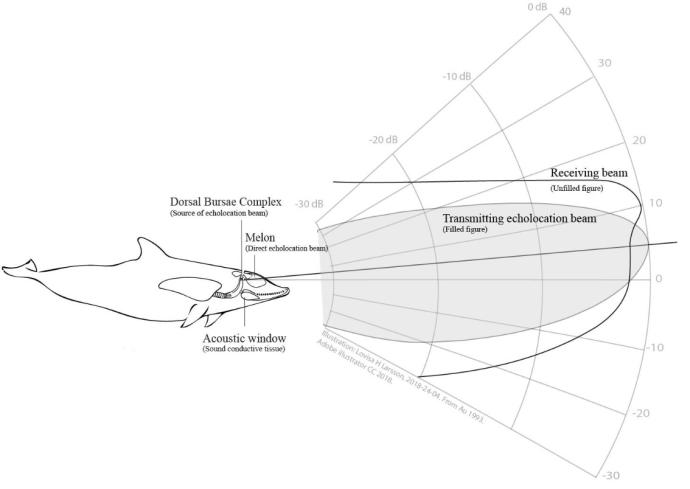Animal Welfare
The scientific field of animal welfare has been expanding vastly throughout the later years, as a response and influencer of public interest. Animals do more often obtain their required needs and live more suitable lives under human care. But as we humans are the controlling factors of a captivated animals life, the job of meeting animals’ needs will never be completed. It is a constant project to care for animals and to keep them healthy, comfortable, well nourished, safe, able to express innate behaviours and keep them away from suffering from unpleasant states such as pain, fear, and distress. Scientific research is needed to further understand our held species to meet with their requirements. Which means that reach about our animals is a constant process. We need to know our species, their personalities to find what we can do to maintain high welfare.
Enrichment
By enriching an animal, we add an object or an event to an animals’ environment or daily life, to stimulate their natural behaviours. The aim with enrichment is to reduce time spent on abnormal behaviours, stereotypical behaviours and open for more goal-directed behavioural repertoire of foraging, searching for mates, interact with conspecifics and further, behave similarly to the animals’ wild ancestors or conspecifics. Enrichment is a broad term for anything that we can add to an animals’ life to increase welfare, and its nature is only limited to our knowledge of our species and our imagination.
To put enrichment and requirements in context; a ball makes a dog play and interact which increases its welfare, while a snake probably find nothing enriching about the added object if there is no interesting smell present, and thus welfare is unchanged for the snake. In the same way, dolphins loose interest quickly of objects which is not present a cognitive challenge or lack in plasticity. As a group, they can interact together, and so, the combination of their social nature and an added object might increase welfare further. However, the best combination would be a species-specific enrichment which dolphins can interact with as a group.
To find enrichment suitable for a dolphin, we need to know more about the species. So, I had to ask myself: what is a dolphin?

Cognition and Echolocaiton
The dolphin is maybe not surprisingly one of the most studied species regarding animal cognition. We humans find these creatures fascinating and highly responsive of our actions, and so there is no real surprise that scientific research about cognition often involve this species. Over all, dolphins score high compared to other species, in most cognitive tests made. They have in general high cognitive abilities and are known to be quick at learning, curious, have a complex social life with a widely spread population. The dolphins are good at adapting, plastic in behaviours such as the way they hunt and are often good at solving problems. Dolphins have been observed to learn though other conspecifics by observational learning, likely intended learning but also by trial and error.
The dolphins’ cognitive skills and social structure give us highly useful information about what type of things we need to have in mind when creating enrichment. Dolphins easily loose interest of “fixed” objects. They interact as a pod, and thus maintaining the structure of a dolphin’s social life could help us increase welfare further. Playfulness and other social aspects might be what makes dolphins such successful in nature. They are problem solvers, and previous studies suggest that submerged enrichment is preferred. Possibly due to their ability to use one of their strongest senses; Echolocation.
The enrichment for my study focused on a dolphins problem-solving ability, in combination with a stimulation of their echolocation sense. As dolphins have been scientifically studied and concluded to use echolocation to a high extent, we might increase welfare in some captive environments by allowing them a challenge to this sense. Barren pools are a common environment for held dolphins, and with a highly active sense not being challenged, enrichment with a focus in echolocation might increase welfare prosperously.
When forming an object which present a echolocation challenge, we need to understand the formation of a echo. However, the formation of a echo is rather complex. To explain it briefly I want to put forward a relevant example for this project.
Let’s say that we have a fish hidden inside a polyethylene pipe. An echo will first be formed as sound bounces back from meeting with the pipe wall, after being reduced by its materials properties. A transmitted beam of 200 dB might return in the first echo as 161 dB. To produce this first echo, as well as the later one, sound is also being reduced by traveling a certain distance though salty water. The second echo will be formed as sound travel through the pipe wall to meet with the fish. Traveling though the wall will reduce sound, and in the same way will the fish inside also affect the transmitted beam. Traveling back out towards the dolphin, sound will be reduced further by traveling back through the pipe wall, and once more when passing through the salty water back to the dolphin. The beam will also be affected by the spherical transmission nature of a echolocation beam. So, sound will travel though, bounce back on several occasions, be reduced and mixed with other echoes, but a dolphin is able to analyse this receiving beam. An empty hide would possibly reduce a 200-dB transmitted beam to 147 dB, while an empty pipe might be received as 160 dB. However, both will be mixed with the first echo of 161 dB.

Responsible for this page:
Director of undergraduate studies Biology
Last updated:
05/29/18
